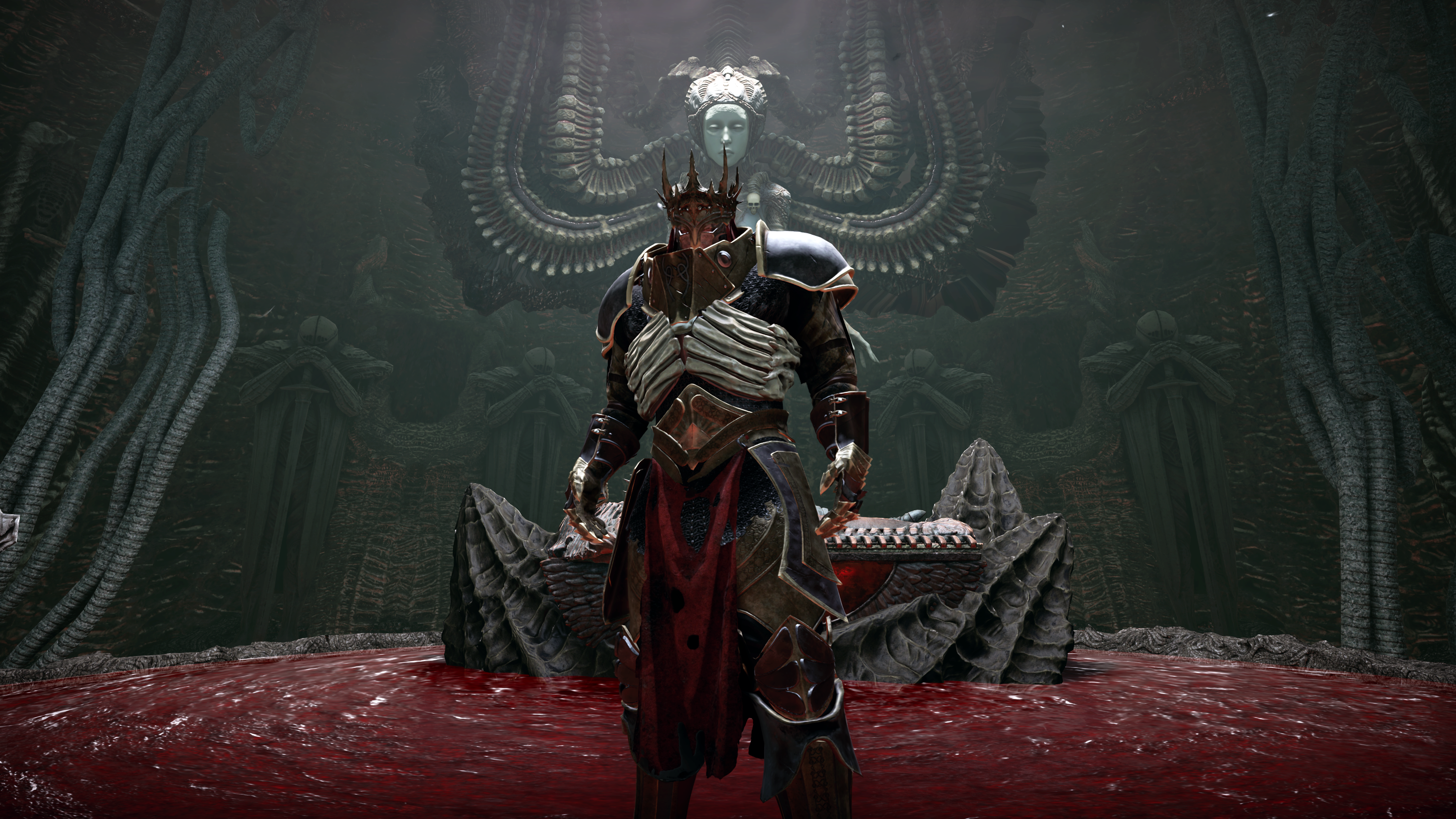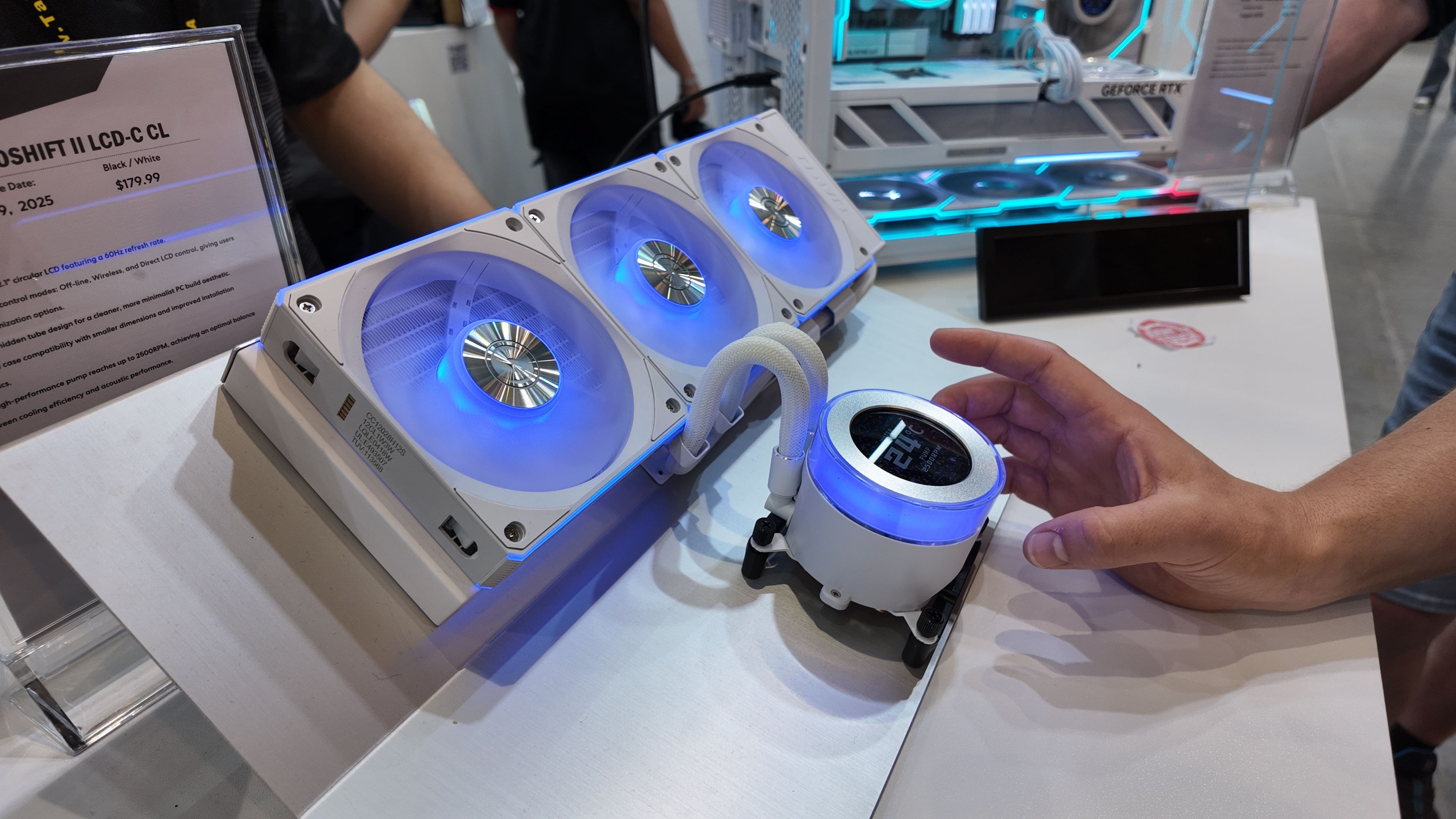
Ex-Bethesda Veteran Explains Why Its Games Like Elder Scrolls, Fallout, and Starfield Will Always Have Loading Screens

Bethesda games are known for their sometimes lengthy loading screens. At a time when developers are aiming for as little loading as possible, it remains a big part of the Bethesda game experience. Just look at Starfield, Bethesda’s first brand new IP in years, and of course the recently released The Elder Scrolls IV: Oblivion Remastered, which is going down very well with fans.
With the advent of SSDs and improvements in technology, spending a lot of time waiting for a loading screen to do its business in a video game can feel archaic in 2025. But one former Bethesda developer has cautioned that they will probably always be a part of Bethesda games because of the way Bethesda games are designed.
As fans of the studio’s work will know, Bethesda games are open-world RPGs that involve opening lots and lots of doors. Want to go into that house over there? You’ll probably need to trigger a loading screen to open the door. Fast travel is always a loading screen, although it can be made faster with more powerful hardware. Sometimes just leaving one area and going to another area in a Bethesda game triggers loading.
Bruce Nesmith, who worked at Bethesda on everything from Oblivion to Starfield, told VideoGamer that segmentation is an important part of Bethesda game design, and so using zone loading is too.
A totally seamless open-world isn’t feasible for the type of RPGs Bethesda makes, Nesmith continued, because segmented areas backed by loading lets the games keep track of item placement and physics states after the player leaves an area, which helps create the sense of leaving a permanent mark on the virtual world.
“Everybody who complains about them assumes that it’s done because we’re lazy or we don’t want to follow the modern thinking on stuff,” Nesmith said. “The reality is the Bethesda games are so detailed and so graphics intensive… you just can’t have both present at the same time.”
“I can’t have the interiors of all these places loaded at the same time as the exteriors,” Nesmith continued. “That’s just not an option. And all the fancy tricks for streaming and loading and all that, you end up with hitching. So you’re actually better off stopping the game briefly, doing a loading screen and then continuing on.
“If you make a game that has less going on, it’s a tighter experience and not a [true] open-world experience. So it’s just one of those necessary evils, as it were, it’s not that anybody at Bethesda ever wanted to do it. We just didn’t have a choice, really, if the game was going to have the experience we wanted it to have.”
Nesmith said the use of loading screens in Bethesda’s RPGs have been “a necessary bane of the existence of Bethesda since time immemorial.”
Despite this, when Starfield launched in 2023, fans were surprised by just how often you’d trigger loading, from on-foot traversal to simply heading into city buildings. Players said Starfield’s loading broke immersion and added frustrating pauses to gameplay, and modders worked to remove as much of it as possible in the years since.
The city of Neon was a focus of the loading complaints. This cyberpunk-style urban area would often trigger a loading screen just for opening doors, some near to each other, which made questing annoying.
But did it have to be this way? Last year, Nate Purkeypile, who worked at Bethesda Game Studios from 2007 before leaving in 2021, expressed his surprise at the sheer amount of loading the game ended up launching with, particularly in the city of Neon.
“It could have existed without those [loading zones],” Purkeypile said. “Like, some of those were not there when I had been working on it and so it was a surprise to me that there was as many as there were.”
So, why did Starfield launch with so many loading screens? Purkeypile said part of the segmentation of the game has to do with the way the Creation Engine, which Bethesda uses to make its games, works, and that has a lot to do with performance.
“A lot of it is gating stuff off for performance in Neon,” Purkeypile confirmed.
Ahead of Starfield’s launch, Bethesda development chief Todd Howard revealed that the game would release locked at 30 frames per second on both Xbox Series X and S to ensure “consistency” of performance.
“I think it’ll come as no surprise, given our previous games, what we go for,” Howard said at the time. “Always these huge, open worlds, fully dynamic, hyper detail where anything can happen. And we do want to do that. It’s 4K in the X. It’s 1440 on the S. We do lock it at 30, because we want that fidelity, we want all that stuff. We don’t want to sacrifice any of it.
“Fortunately in this one, we’ve got it running great. It’s often running way above that. Sometimes it’s 60. But on the consoles, we do lock it because we prefer the consistency, where you’re not even thinking about it.
“And we don’t ever want to sacrifice that experience that makes our games feel really, really special. So it feels great. We’re really happy with how it feels even in the heat of battle. And we need that headroom because in our games, really anything can happen.”
Since launch, Bethesda has worked to improve the game, with 60fps now possible as part of performance mode.
The question will be whether Bethesda can make meaningful improvements to loading screens for The Elder Scrolls VI, which fans hope will mark a significant level up for the studio’s technology.
While you wait to find out, we’ve got plenty more on Oblivion Remastered, including a report on a player who managed to escape the confines of Cyrodiil to explore Valenwood, Skyrim, and even Hammerfell, the rumored setting of The Elder Scrolls VI.
We’ve also got a comprehensive guide to everything you’ll find in Oblivion Remastered, including an expansive Interactive Map, complete Walkthroughs for the Main Questline and every Guild Quest, How to Build the Perfect Character, Things to Do First, every PC Cheat Code, and much more.
Wesley is the UK News Editor for IGN. Find him on Twitter at @wyp100. You can reach Wesley at wesley_yinpoole@ign.com or confidentially at wyp100@proton.me.






